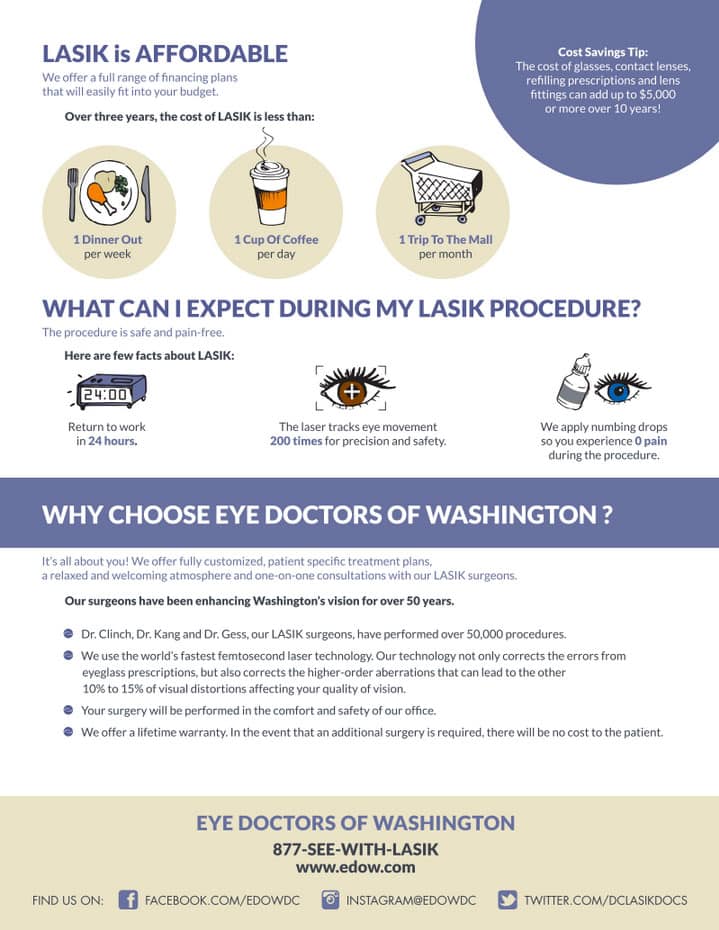The Detailed Frequently Asked Question On Refractive Lens Exchange: Every Little Thing You Must Hear Concerning
The Detailed Frequently Asked Question On Refractive Lens Exchange: Every Little Thing You Must Hear Concerning
Blog Article
Material By-Kincaid Lorentzen
If you're considering refractive lens exchange, you probably have a great deal of inquiries. This procedure can transform just how you see the world, supplying advantages like minimized dependence on glasses. However, it's necessary to comprehend the process, risks, and who qualifies as an excellent candidate. Allow's explore these vital facets so you can make an educated choice about whether RLE is right for you.
What Is Refractive Lens Exchange and Just How Does It Function?
Refractive lens exchange (RLE) is a procedure created to change your eye's natural lens with a synthetic one, fixing vision concerns like nearsightedness, farsightedness, or presbyopia.
Throughout the treatment, your specialist makes a little cut in the eye, eliminates your natural lens, and inserts an intraocular lens (IOL) customized to your vision requires. This outpatient surgery usually takes about 15 to thirty minutes per eye and is performed under local anesthetic.
You'll likely discover enhancements in your vision virtually quickly, though complete healing might take a couple of weeks. RLE is particularly valuable for those over 40 or with high prescriptions, offering a resilient option compared to glasses or contact lenses.
Your eye treatment specialist can help determine if RLE is right for you.
What Are the Perks and Dangers of Refractive Lens Exchange?
Choosing refractive lens exchange can lead to significant improvements in your vision, but it is necessary to consider both the advantages and risks prior to making a decision.
On the bonus side, this procedure can improve your sight by remedying concerns like presbyopia, nearsightedness, and hyperopia. Many clients appreciate reduced dependence on glasses or call lenses, which can significantly enhance their lifestyle.
Nevertheless, it's critical to think about potential threats. Issues can include infection, glow, or halos around lights.
There's also an opportunity of overcorrection or undercorrection, which might call for added treatments.
That Is an Ideal Prospect for Refractive Lens Exchange?
If you're taking into consideration refractive lens exchange, it is necessary to understand whether you fit the profile of a perfect prospect. Normally, you may be a great prospect if you more than 40, experience presbyopia, or have high levels of nearsightedness or farsightedness.
please click the next website 's additionally vital that your vision is stable, indicating your prescription hasn't changed substantially in the past year. If you have cataracts or other eye conditions, you may benefit from this procedure as well.
Nevertheless, specific aspects, like unchecked diabetes mellitus or autoimmune illness, can invalidate you. To identify your candidacy, seek advice from an eye treatment specialist who can review your details circumstance and suggest the best strategy customized to your demands.
Conclusion
To conclude, refractive lens exchange can be a transformative option for improving your vision, particularly if you're over 40 or have a high prescription. While the advantages are considerable, it's critical to weigh the threats and speak with your eye care specialist to figure out if you're an optimal prospect. With just click the next website page and guidance, you can make an educated choice and possibly appreciate a life with decreased dependence on glasses.
